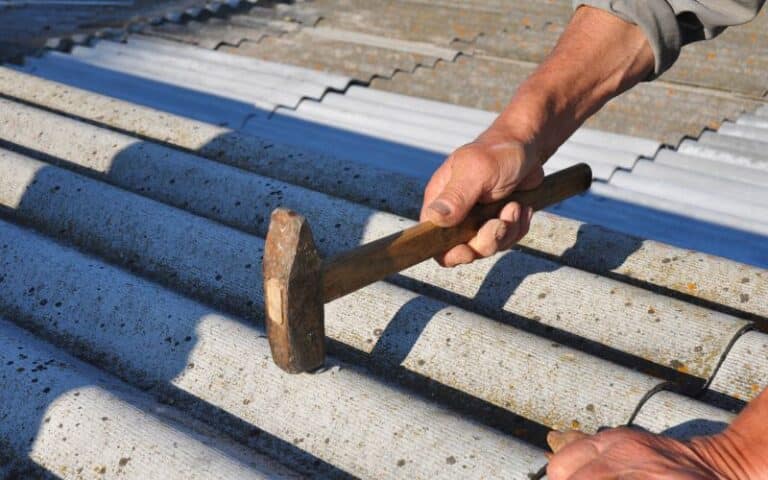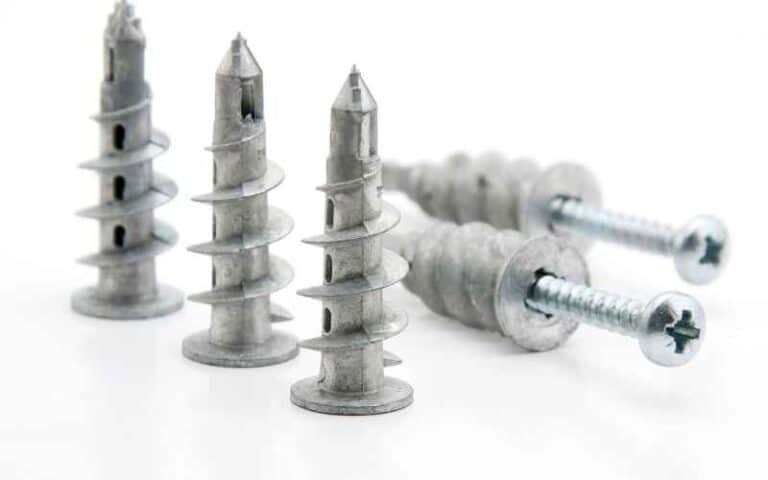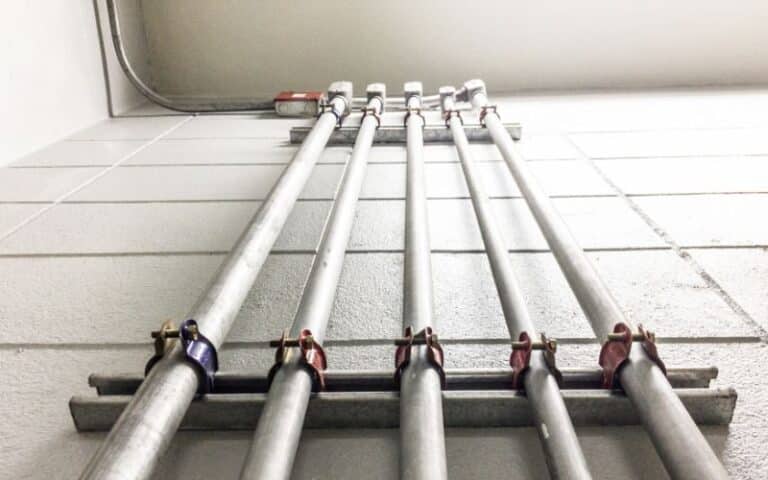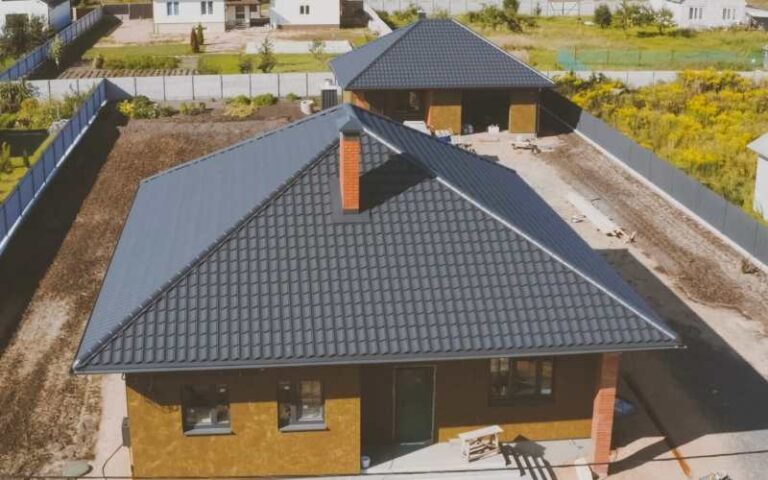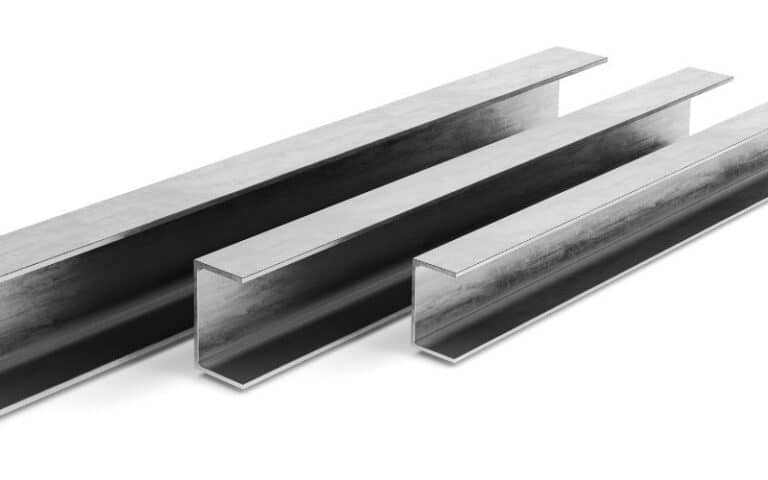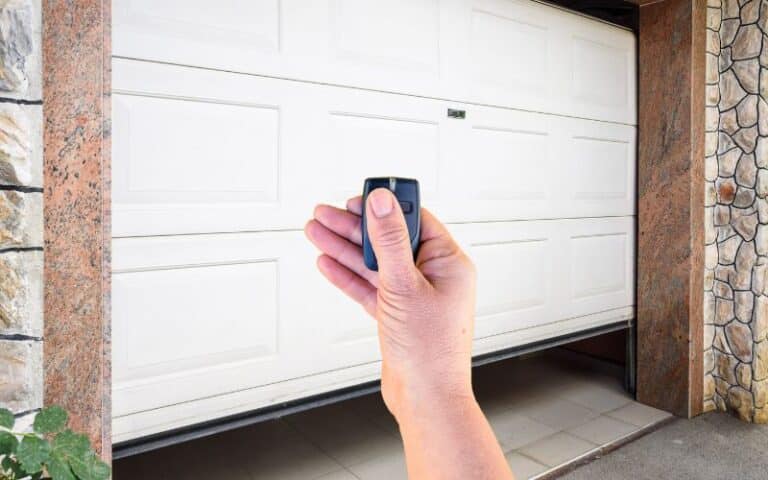There’s no place better than the outdoors when it’s warm, where you would rather be, soaking up the sun and breathing in the fresh air.
The best material for building this project is wood, as it’s widely used for outdoor construction. However, the type of wood you use matters a lot.
In this article, we’ll look at some wood types for outdoor constructions, paying close attention to their strengths and weaknesses as well as their importance and uses.
Pressure-treated wood is more stable and durable because of its wood-preserving chemicals, which make it rot and insect-resistant. Pressure-treated wood generally has a longer life span and is fire retardant. However, their lifespan depends on your maintenance of them.
Ready for a Roofing Quiz?
Douglas Fir Vs. Pressure Treated Wood; Which is Better?

Pressure-treated wood is notably durable and stronger in contrast to douglas fir because it’s been treated with chemicals to make it resistant to insects and rot and to increase its lifespan.
Pressure-treated wood is also able to withstand harsh weather conditions and has a high resistance to fire. It is also waterproof.
Woods that can be pressure treated are Spruce, pine, fir, Cedar, redwood, yew, and juniper. Pine (typically the southern yellow pine) is the most common pressure-treated wood.
Without undergoing the treatment process, these woods will likely mar and scratch.
Examples of chemicals used in pressure-treated wood are Copper Azole (CA)or Micronized Copper Azole (MCA), and Alkaline Copper Quaternary (ACQ).
Chromated Copper Arsenate (CCA) was a major ingredient in pressure wood treatment until it was banned on the 31st of December in 2003.
In addition to this, pressure-treated wood is more affordable, as compared to untreated wood. It can cost as much as 20-30% less than other woods.
Also, because of its durability, you don’t have to worry about any costly repairs in the future. It’s a great choice if you’re working with a small budget.
Let’s look at more reasons why pressure-treated wood is always a better and preferable choice.
| Douglas Fir | Pressure Treated Wood |
|---|---|
| Expensive | Economical |
| Shorter lifespan | Durable |
| Prone to rot, weathering, etc | Resistant to rot, insects, fire, etc |
| Environmentally friendly | Can be toxic |
| Preferable for interior construction | Ideal for outdoor projects |
Nevertheless, you should know that pressure-treated wood is no strong than untreated wood.
The major difference is that pressure-treated wood can resist the elements because of its chemical preservatives.
Hence, it can maintain its form in conditions that would likely cause untreated wood to rot.
Is Douglas Fir Wood Pressure Treated?
Douglas fir wood is a natural softwood obtained from the Oregon tree. It is known to withstand harsh weather conditions.
The untreated douglas fir wood is a high-quality wood used in manufacturing windows and doors.
It also produces various household furniture, decks, patios, etc. However, its products won’t last very long because it’s untreated.
Untreated douglas fir wood can last up to 10-15 years, which is pretty impressive, but it’s still best to have it pressure treated as this will likely make it last up to 40 years or more.
One of the major reasons douglas fir wood is treated is to prevent deterioration. It is naturally resistant to moisture, but this doesn’t make it waterproof.
So, it has to be treated with an exterior wood sealer to stop it from deteriorating over time.
This sealing will help prevent any damage done by moisture and help it withstand water or rainfall. Harsh weather conditions will penetrate your deck without stain, sealant, or paint.
These conditions will cause your wood to swell until it dries before it can return to its normal form. Such swelling will cause damage to your wood, like splitting, cracking, other blemishing, etc.
It’s generally advised that you go for the treated douglas fir wood, especially in building projects, as it’s more likely to last longer than the untreated one.
How to know if the wood is treated? Smell it! Woods that have been treated will smell oily or like gasoline.
The chemicals used in preserving these woods are very effective and give off strong smells when you sniff them.
Can I Use Douglas Fir Outdoor?
Yes, treated douglas fir wood is an ideal choice for outdoor projects. The clear vertical grain (CVG) has been a traditional choice for porches on historic homes for over 100 years now.
Even though douglas fir wood is a softwood, it’s remarkably tough.
This strength makes it resistant to damage and scarring, which makes it a perfect material for outdoor projects, like porch decking.
The treated douglas fir is also waterproof and weather resistant. This resistance protects it from harsh weather conditions, which may cause it to damage and age prematurely.
Steven Francis’ Country Smoke House, Michigan’s largest deer processing factory, during a rebuild project in 2019, used Douglas fir beams to create a beautiful log cabin-style porch.
Their decision to go with douglas fir means those custom beams will look brand new for years.
Using treated douglas fir wood is a general recommendation. If you’re using wood for outdoor purposes, you should infuse it with something that’ll extend its lifespan.
According to research by the University of California, douglas fir was treated with ACQ and lasted more than 30 years.
Using paints and finishes designed for outdoor use will help your Douglas fir to stand the test of time.
Now that you’re convinced douglas fir can withstand any condition let’s look at major outdoor projects you can use this wood.
#1. Douglas Fir for Decking
If you’re looking for something stunning and impressive, douglas fir will deliver that right away. It’s known for its golden-brown tones, appealing waves, and tight-grain wood patterns.
Nevertheless, If your porch has been made out of pressure-treated douglas fir, then you should probably seal it with an exterior wood seal.
By doing this, the treatment process will fill the douglas fir wood with chemicals to help prevent rot, insects, and decay. Try to make it water-resistant with a waterproof application.
Whether treated or not, the most suitable treatment for douglas fir will always require a wood sealer.
Also, you can try using a waterproof sealant. Just be sure to stick with it throughout the lifespan of your deck.
For instance, if you’re using an oil-based sealant, ensure that you continue using it when it’s time to reseal.
Please do this and vice versa with a water-based sealant because water and oil don’t mix when resealing.
It doesn’t matter if you’ve done everything possible to remove the leftover seal from your deck. So, always follow the golden rule; reseal with oil and water with water.
#2. Douglas Fir for Outdoor Furniture
Wood always gets glowing reviews when used in furniture because it is stable and natural. It’s an excellent choice for making outdoor furniture like picnic tables, chairs, and ottomans.
Being a treated wood, you don’t have to worry about your furniture being affected by moisture or damp weather.
It won’t dry or warp out of its shape; it will also retain its original size and won’t split.
Due to its value and benefits, furniture manufacturers use douglas fir wood as their main furniture-making material.
As long as you maintain furniture made from this treated wood, be rest assured that they’ll last you a very long time.
#3. Douglas Fir for Pergola
Douglas fir is universally known by timber framers, engineers, and architects as preferable for structural timber applications such as pergolas or roof covers.
The greater strength and density of the wood means it’s less likely to warp or crack, in contrast to most softwoods widely used in pergola construction.
Being a high-quality wood, it can be costly and is not always an ideal choice, especially if you’re operating on a small budget.
However, the douglas fir tree can grow to a height of 70, so there’s always an abundance of wood. You don’t have to worry about needing t of it.
The alluring grain pattern and its ability to hold paint and stain finishes make it even more suitable for all outdoor living projects.
Also, it’s one of the most common wood species you can find, especially in North America, which means it’s environmentally friendly and a popular choice in timber framing.
Douglas Fir Vs. Pressure Treated Wood; Price and Performance Comparison
Softwoods can be generally pressure-treated. Douglas fir wood is pressure-treated wood. Also, All wood prices generally depend on the purpose of purchase and where you’re getting it.
So, with this, let’s compare some pressure-treated wood and see which is a much better option.
#1. Douglas Fir vs. Pine Lumber
Pine and fir wood are both softwoods. They’re both widely used in building and construction, providing lumber and plywood; framed structures provide wood for furniture.
They look and have almost similar qualities but different properties you can use to differentiate them.
For example, pine has broad lines that are loose, which makes it far weaker than fir, which has tight, close grain lines.
So, pine has a much softer grain than fir. In addition to this, fir is more stable when it comes to decking or most other exterior projects.
Although fir will shrink and expands as it absorbs moisture, it always returns to its natural shape, unlike pine which, under the same condition, will take on moisture, swell and warp out of its shape completely.
The fir wood is also a more economical choice compared to pine.
However, pine is a much better choice for furniture because of its differing colors, thanks to its light brown heartwood and creamy white sapwood, unlike fir with its dull yellow and long straight lines.
Even though fir will make much stronger furniture, pine has the beauty that fir lacks.
#2. Douglas Fir Vs. Cedar
Whether douglas fir is a better choice than cedar wood or vice versa will depend on your purpose of the woods and who you’re asking.
These two kinds of wood have even more similarities in comparison to pine.
One major difference you can use in telling these two kinds of wood apart is that douglas fir is stronger and has a more uniform color.
On the other hand, Cedar is more resistant and lightweight, and its color is a deep red shade.
So, the choice between the two will most likely vary by the person or project. It all depends on your vision and end goals.
Cedar isn’t cheap, especially compared to other treated woods like pine or Spruce. However, fir is relatively cheap compared to Cedar.
A 1×4 cedar board may cost you $8.20, which is $0.55 more expensive than douglas fir.
Douglas fir must be treated before it’s used outdoors, or it won’t last very long. In addition to this, Cedar can withstand weathering much more than fir.
Conversely, Cedar is rot and bug-resistant much more than untreated douglas fir.
#3. Douglas Fir Vs. Spruce
Here are also two very similar softwoods with unique features. However, Spruce, much lighter and softer than fir, is of straight grain and well-suited for basic construction projects.
However, Spruce tends to develop rot and burn easily, whereas douglas fir has a high degree of rot resistance and an even higher fire resistance.
Although douglas fir might be considered expensive and less available, it is much more readily available from a tree that grows very fast and comes cheaper than Spruce.
So, What is best? Pressure Treated Vs. Douglas Fir
Conclusion
Pressure-treated wood is an ideal choice for everyone, especially for outdoor projects, and if you’re having a hard time deciding which treated wood you should go for, why not go for douglas fir?
You’ve certainly been convinced that it’s worth it.

